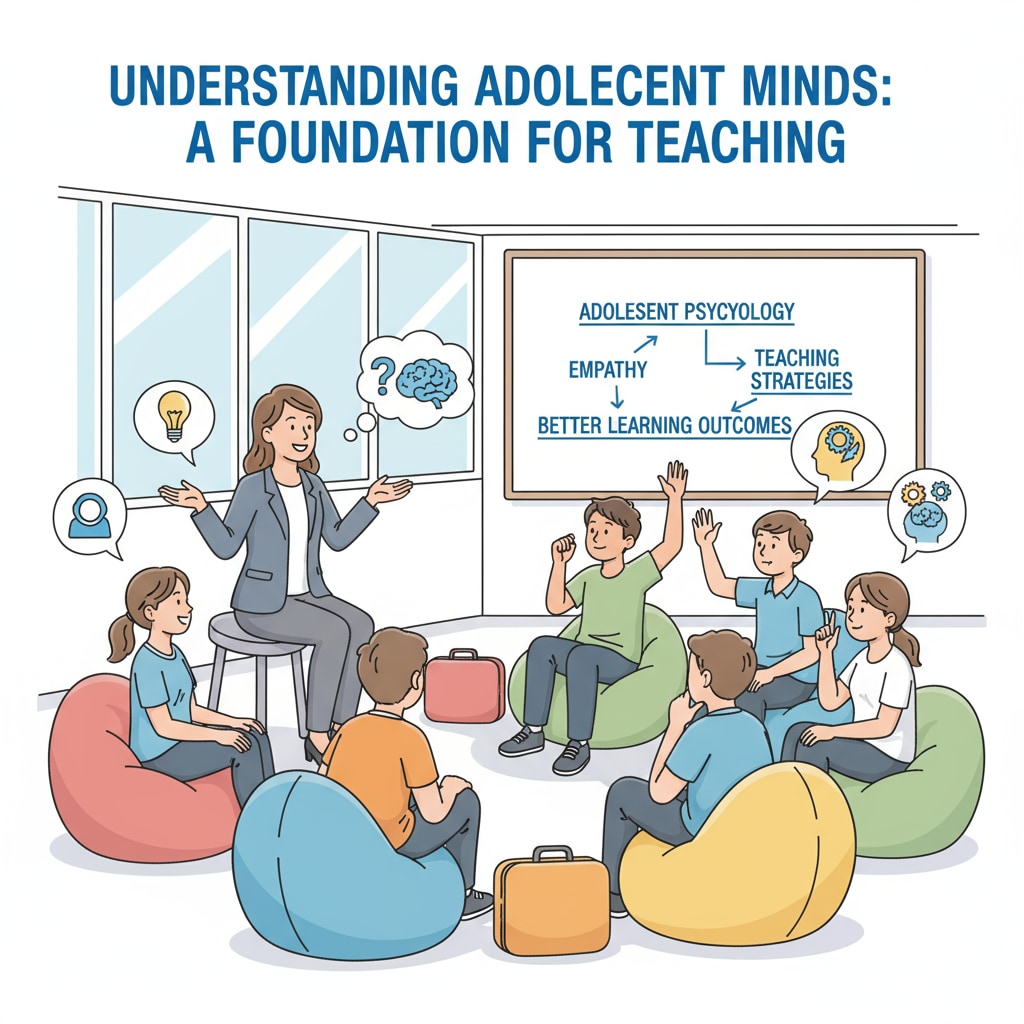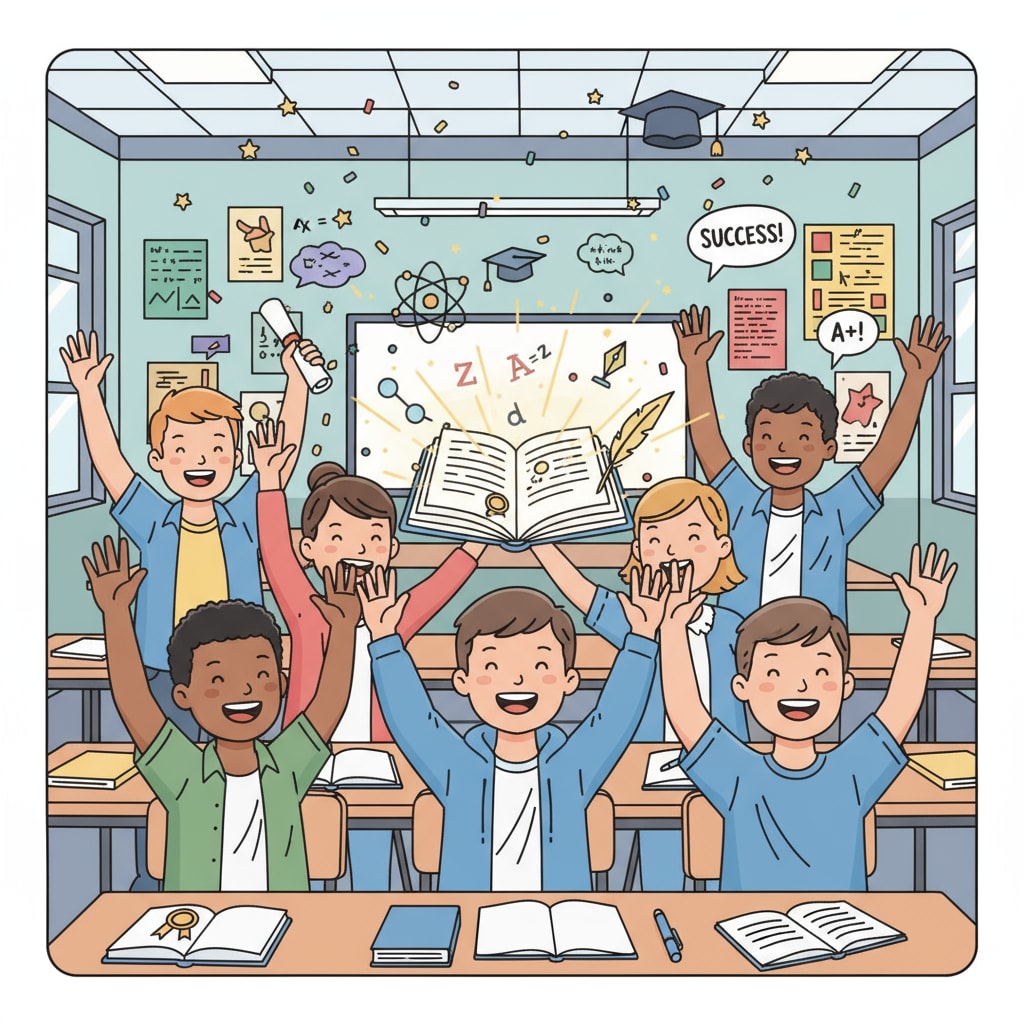Adolescent education, basic literacy, and teaching planning are crucial elements when it comes to designing a learning path for teenagers who have missed out on basic education. For 13 – 14 – year – old adolescents who haven’t had the opportunity to receive systematic basic education, creating a suitable teaching plan is not just important but essential.

This article will introduce a carefully crafted enlightenment teaching plan tailored to their psychological characteristics and learning needs.
Understanding the Psychological Characteristics of 13 – 14 – Year – Old Adolescents
At the age of 13 – 14, adolescents are in a stage of rapid physical and mental development. They are more independent – minded and start to form their own views on the world. However, due to the lack of basic education, they may lack confidence in learning. According to Wikipedia’s page on Adolescence, this stage is marked by a transition from childhood to adulthood, and educational interventions need to take this into account. Understanding these psychological traits is the first step in creating an effective teaching plan.

Interest – Oriented Teaching Approach
To engage these adolescents in learning, an interest – oriented approach is key. We can start by identifying their hobbies and interests. For example, if a student is interested in music, we can use music – related materials for teaching basic literacy. Lyrics can be used to teach reading and writing skills. This not only makes learning more enjoyable but also helps students focus better. As stated in Britannica’s entry on Education, an interest – based curriculum can significantly enhance students’ motivation to learn. By integrating interests into teaching, we can make the learning process more appealing for these teenagers.
Another aspect of the interest – oriented approach is to use real – life examples. Adolescents at this age are curious about the world around them. Using examples from daily life, such as shopping, cooking, or traveling, can help them understand basic concepts more easily. For instance, when teaching math, we can use shopping scenarios to teach arithmetic operations. This way, students can see the practical application of what they are learning, which further stimulates their interest.
Step – by – Step Learning: A Ladder – Style Curriculum
Given the lack of basic education, a step – by – step, ladder – style curriculum is necessary. Begin with the most fundamental knowledge and skills. In basic literacy, start with teaching the alphabet, simple words, and basic grammar. In mathematics, start from counting and basic arithmetic operations. As students master these basic elements, gradually increase the difficulty level. This approach helps build a solid foundation for their future learning. Each step should be carefully designed to ensure that students can easily follow and succeed, which in turn boosts their confidence.
For example, in language learning, after teaching the alphabet and basic pronunciation, move on to simple sentence construction. Provide plenty of practice opportunities at each stage. Use games and activities to make the learning process more interactive and less intimidating. This step – by – step method is crucial for these adolescents who may have struggled with learning in the past due to the lack of a proper educational foundation.
Multifaceted Assessment System
A multifaceted assessment system is essential to monitor students’ progress and adjust the teaching plan accordingly. Instead of relying solely on traditional tests, use a variety of assessment methods. This can include classroom participation, project work, and oral presentations. For example, in a language class, assess students’ speaking skills through oral presentations, and evaluate their writing skills through project work.
Regular feedback is also an important part of the assessment system. Provide students with timely and specific feedback on their performance. This helps them understand their strengths and weaknesses, and encourages them to improve. By having a comprehensive assessment system, we can ensure that the teaching plan is effective and meets the needs of these adolescents.
In conclusion, adolescent education, basic literacy, and teaching planning for 13 – 14 – year – old adolescents who have not received basic education require a thoughtful and comprehensive approach. By understanding their psychological characteristics, adopting an interest – oriented teaching method, implementing a step – by – step curriculum, and using a multifaceted assessment system, we can help these teenagers bridge the educational gap and restart their learning journey with confidence.

This teaching plan is not only about imparting knowledge but also about nurturing their love for learning and building a foundation for their future development.
Readability guidance: Short paragraphs and lists are used to summarize key points. Each H2 section provides relevant details. Passive voice and long sentences are controlled. Transition words are added throughout the text to enhance coherence.


